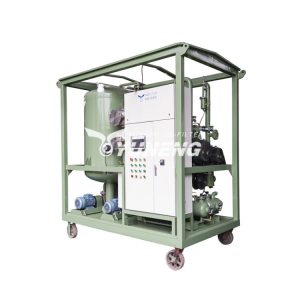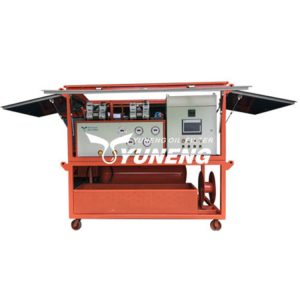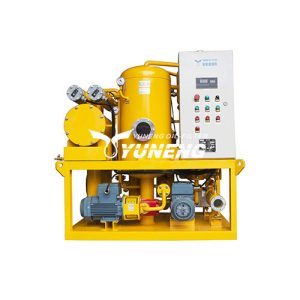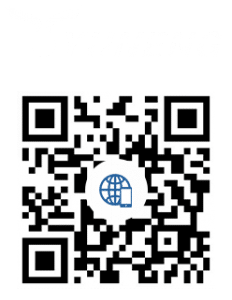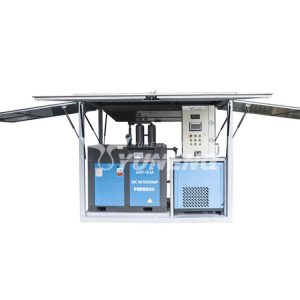
How to Reduce the Working Noise of the Oil Purifier?
In the process of oil purification, centrifugal separation requires a strong centrifugal force, and the higher the speed, the easier it is to separate grease. Most users hearing the noise would come up with the suspicion that it might come from the spinning. However, comprehensive analysis shows that a lot of noise comes from the resonance of the equipment. When it comes to resonance, you should understand that there is a vibration at the connections between equipment parts. Believe it or not, you will find that if you put this barrel directly in the transformer and separate it from the equipment, the noise will be greatly reduced immediately.
What Caused Filter Noise?
The hit between the valve seat and bracket, a large amount of inhalation of gas, and a large amount of circulating oil in the pump are all the factors of the valve plate to becoming noisy. The valve jumps high, and the valve area is large, then the valve plate noise gets large, and the valve plate material has a certain influence. The noise of the rubber valve plate should be better than that of steel plate or laminate. Therefore, to decrease the noise, the oil intake must be controlled and the valve plate must be closed strictly in time. Pay attention to the selection and structure of the valve. Choosing an excellent Transformer Oil Filtration Machine manufacturer is an essential thing.

Solutions to Eliminate Noise
To ensure the design, manufacture or material of the oil purifier is in proper condition, or the rotating blades cannot slide smoothly, and the incompressible oil will cause the head of the rotating blades not to approach the cylinder wall, there will be a hit between the rotating blades and the cylinder wall.

Therefore, it is advisable to use a circular arc surface structure to separate the air inlet and outlet. Use exhaust guide grooves to eliminate dead ends. When the dividing line structure is adopted, the distance from the exhaust end to the tangent point should be as short as possible. For rotary vane pumps below 70L/s, considering the actual thickness of the rotary vane, it is recommended to take 7~LOMM, and for large pumps the larger value. When it is too close, because there is only a narrow band between the rotor slot and the rotor head, once the rotor rotates to the tangent point, and the sealing effect is not in a good condition, which will affect the pump speed and even the ultimate pressure. Therefore, it can be concluded that the structure of the Pump cannot completely eliminate the exhaust dead zone and limits the level of noise reduction.
Measures to solve other problems
- Eliminate drastic changes in fluid pressure in the pump.
- In order to absorb the unstable flow and pressure of the pump, the equipment can be installed at the outlet of the muffler of the hydraulic pump.
- The pump installed in the water tank should use vibration rubber pads.
- Pressure pipeline rubber hose, pump and pipeline connection obstacle area.
- To avoid cavitation of the pump, there can be a larger diameter suction pipe and some pipes with reduced resistance; use a large-capacity oil purification machine to avoid oil and gas mixing folds; a reasonable plan and the rigidity of the front part of the hydraulic pump.

